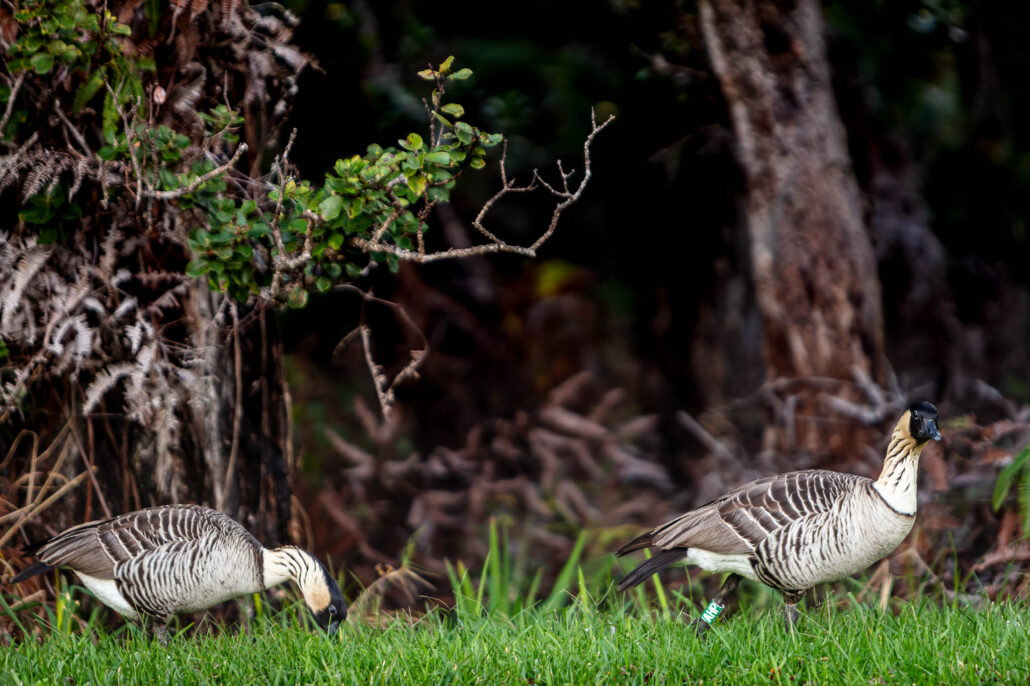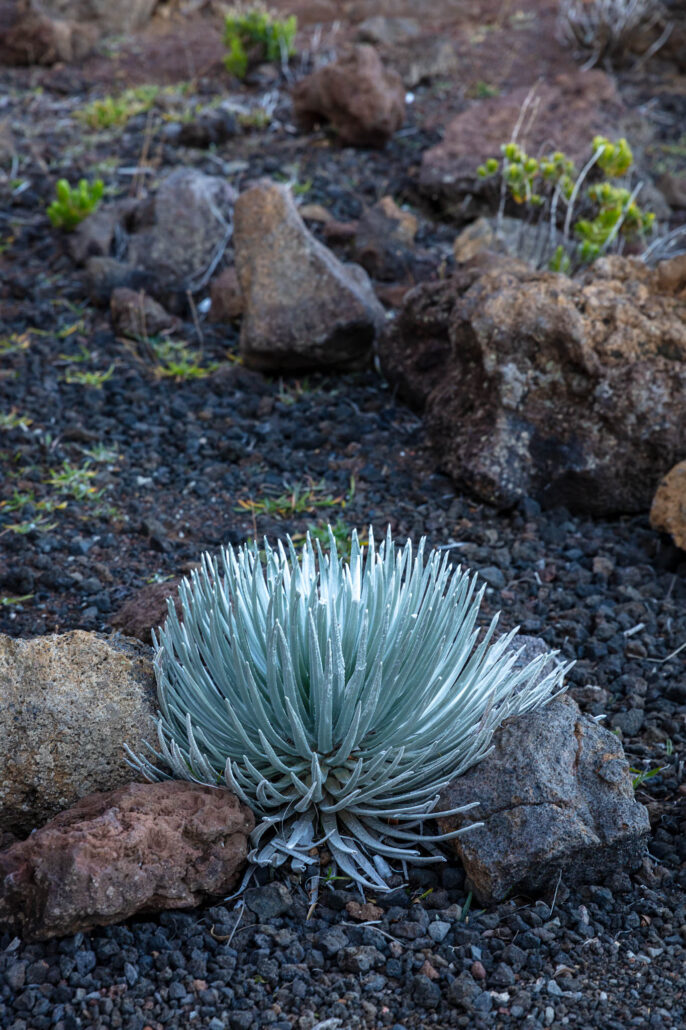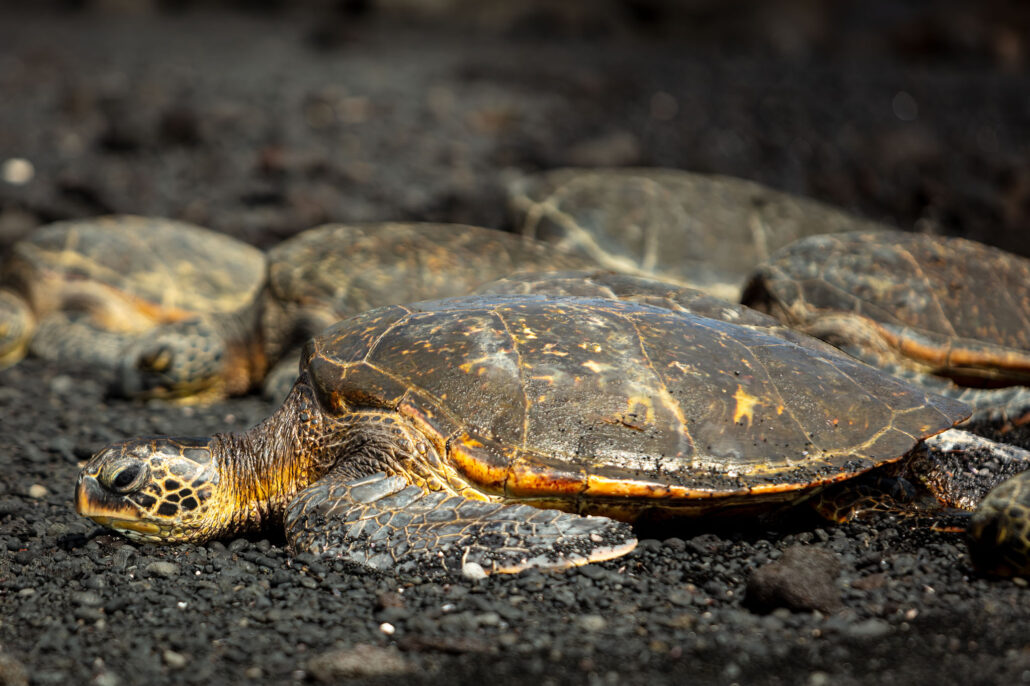Stories from the Hawaiian Islands
Episode 1: Local Wildlife
The State of Hawai‘i is a pretty isolated group of islands in the middle of the Pacific Ocean. It should not come as a surprise that wildlife on the islands in pretty unique. I was quite keen on viewing some of the unique species that live on the islands. Especially, nēnē… I really wanted to see nēnē this time around.
Nēnē (Branta sandvicensis) are a species of geese indigenous to the Hawaiian Islands. They’ve gone nearly extinct in the previous century. Only 30 birds remained in 1952. Since then a huge conservation project brought the species back from near-extinction. In 2022 the population grew to 3862 birds.
The nēnē is the state bird of the state of Hawai‘i.

I was hoping for a close encounter of the goose kind. And sure enough, we met 2 birds near the parking lot of the Puʻupuaʻi Overlook in Hawai‘i Volcanoes National Park.
It was late in the afternoon. We were to only ones in the parking lot. So, I sat down in the middle of the parking lot and spent a good 20 minutes watching the birds. And taking pictures. From a safe distance obviously. Park regulations require you to stay at least 20ft from the birds. But it was a great moment: just me, those 2 birds, my camera and the warm sun on our backs.

Silversword (Argyroxiphium sandwicense) or ʻāhinahina in Hawaiian is an indigenous plant. Almost just as rare as nēnē. There are 2 subspecies of Silversword. Both only grow at an elevation of 2000m or higher. One only grows on the slopes of Haleakalā volcano on Maui. The other on Mauna Kea on the Hawai‘i Island. Of the latter only 40 individuals exist making it an endangered plant.

We found several Haleakalā silversword on the volcano’s summit near the visitors center of Haleakalā National Park. The plants leaves are covered silver hair that glisten beautifully in the sunlight. I’ve scouted to find 2 beautiful individuals for my photos.


Hawai‘i is home and to 5 different species of sea turtles. The Green Sea Turtle (Chelonia mydas), called Honu in Hawaiian, is the most common. They are easy to spot. We saw several sunbathing on the beaches of the Hawai‘i Island.
I was also fortunate enough to see one foraging near the shore line. It was floating under water for minutes at a time. It’s quite amazing to see them open up their nostrils and their mouth as they are slowly coming up to the surface to breathe.


Episode Guide
This story is part of a series of stories from my trip to Hawai‘i in December 2025. Other episodes include:
Prelude: Aloha from Hawai‘i
Episode 1: Local Wildlife
Also, read all about my 3 day stopover in Seattle, WA before heading to Hawai‘i.



